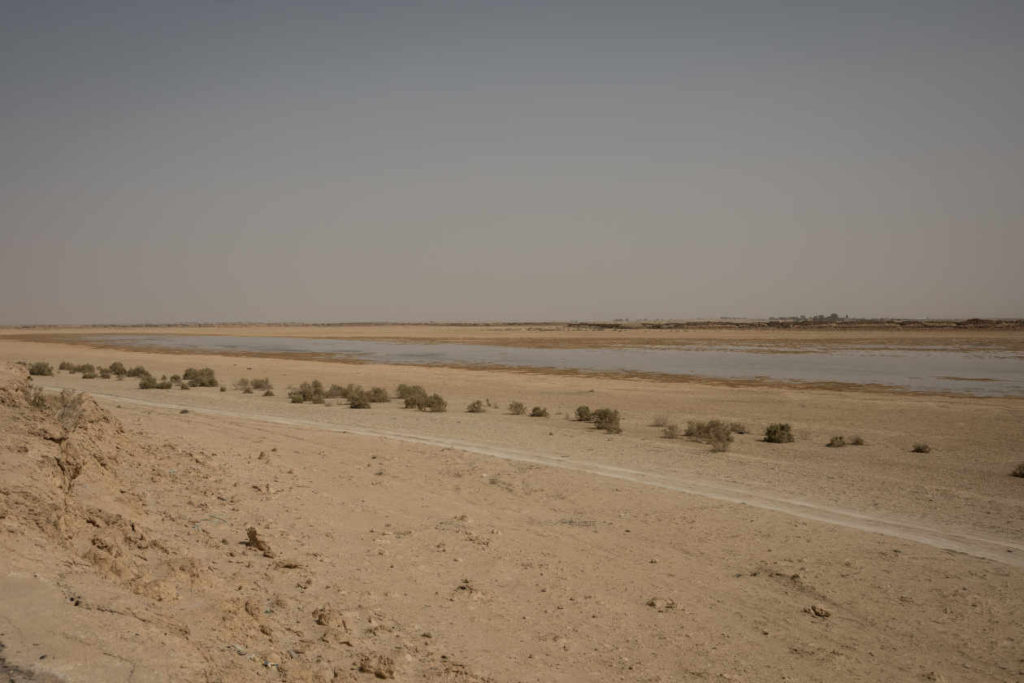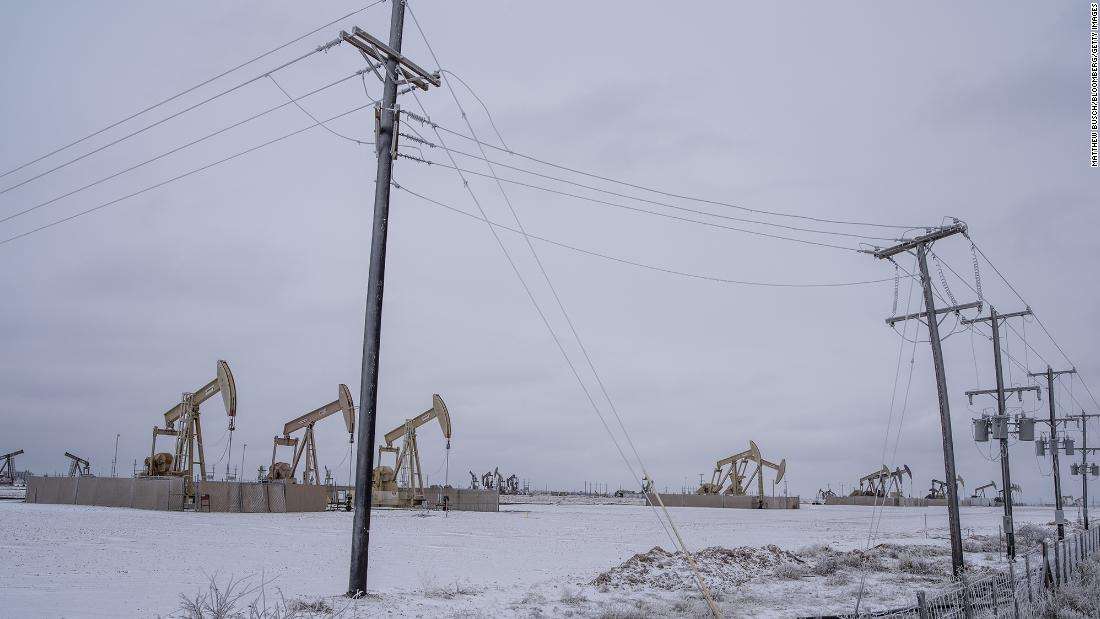Iraq’s fertile valley is dying – Authorities estimate that the Euphrates could dry up as early as 2040

By Hélène Sallon
21 August 2022
(Le Monde) – From the top of the old tourist complex built on the shores of Lake Sawa, in the province of Al-Muthanna in southern Iraq, the desert stretches as far as the eye can see. The buildings have been abandoned since the 2003 US-British invasion. “In the past, there was water up to the banks, fish and birds. We used to come to swim, picnic and take a boat ride on the lake,” recalled Abdallah, a 40-year-old cab driver who has come from the neighboring town of Samawa to enjoy the calm of the place in the middle of the day. Today, the entire ecosystem of Sawa is threatened with extinction.
In April, the lake dried up completely. It formed more than 5,000 years ago near the Euphrates River, at the western end of the fertile Mesopotamian valley that stretches to the Tigris River, the cradle of the Sumerian civilization that gave the world writing and agriculture. At the beginning of the summer, water resurfaced. But for the lake – fed only by the water table that rises through cracks and fissures in the ground – there remains only a pond in the middle of a gaping crater measuring 5 by 2 kilometers.
“Lake Sawa is now only 5% or 10% of its original size. It will never return to its former level. If we can at least preserve this area, it will be an achievement,” said Youssef Jaber, environmental officer for Al-Muthanna province.
“For a long time, Lake Sawa remained stable,” explains Ali Hanoush, an agricultural expert and former member of the Muthanna Regional Council. The unique site has been protected since 2014 by the Ramsar Convention on Wetlands. Located in an area of salt pans, formed on silty rocks and surrounded by gypsum barriers, it usually acts as a climatic regulator against creeping desertification in the region. Its waters were home to shrimp and small fish that fed migratory birds stopping off its banks, including vulnerable species such as the imperial eagle, houbara bustard and marbled teal.
The water level began to drop in 2015.
“There are causes linked to climate change. For three years, there has been no rainfall and temperatures sometimes exceed 50°C in Samawa. Small earthquakes closed the springs that fed the lake,” says Youssef Jaber. Local human activity is also responsible. The lack of water in the region intensifies the competition between industrialists, farmers and breeders to appropriate the precious resource. “Wells have been dug illegally in the surrounding desert for agricultural projects and factories such as cement and salt works. They drain a lot of water from the water table that feeds the lake, especially the saline,” continues the local official. [more]


